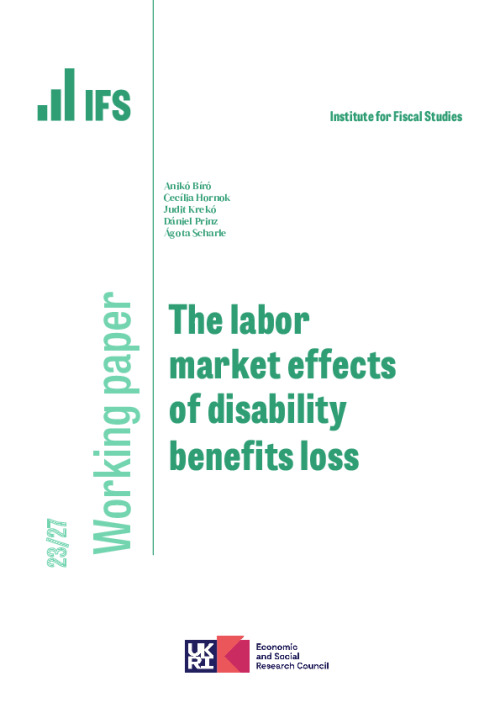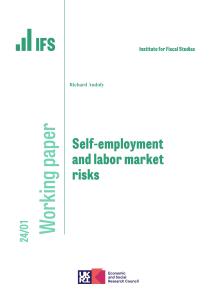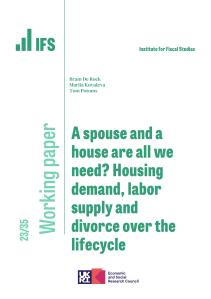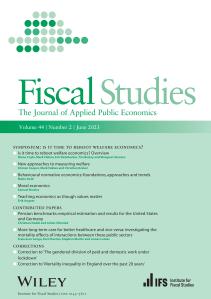Disability benefits provide social insurance against the risk of losing working capacity, as well as an important source of income for individuals with disabilities. They are also costly and tend to reduce labor supply. Although spending can be contained by careful targeting, correcting past flaws in eligibility rules or assessment procedures may entail welfare costs. This paper studies a major reform in Hungary that reassessed the health and working capacity of a large share of beneficiaries. Leveraging age and health cutoffs in the reassessment, the paper estimates employment responses to loss or reduction of benefits. The findings show that among those who left disability insurance due to the reform, 58 percent were employed in the primary labor market, 6 percent participated in public works, and 36 percent were out of work without benefits in the post-reform period. The consequences of leaving disability insurance differed sharply by pre-reform employment status. Among the beneficiaries who were employed in the pre-reform year, 81 percent worked, while only 33 percent of those without pre-reform employment did. The gains of the reform in activating beneficiaries were small and strongly driven by pre-reform employment status. This points to the importance of combining financial incentives with broader labor market programs that increase employability.











